Nana Buluku: The Supreme Creator
Nana Buluku, a multifaceted deity rooted in the spiritual traditions of West Africa, holds a profound place in the hearts…
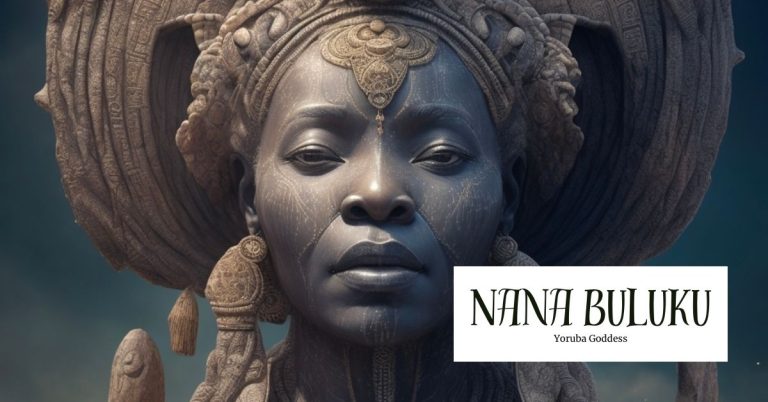
Nana Buluku, a multifaceted deity rooted in the spiritual traditions of West Africa, holds a profound place in the hearts…
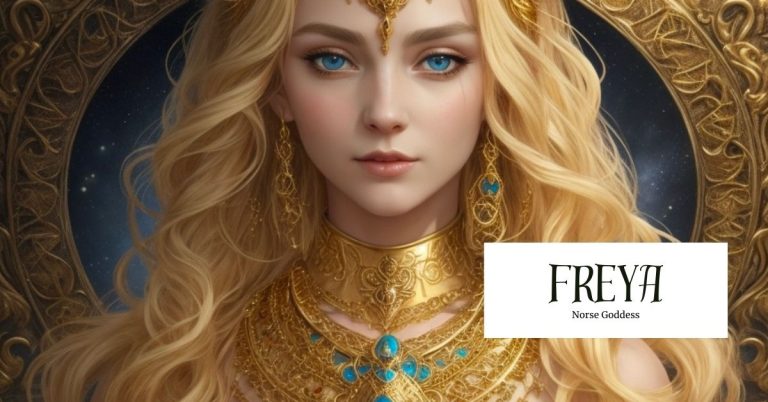
The Norse mythological tradition is replete with rich and complex figures, and among them, one character stands out for her…
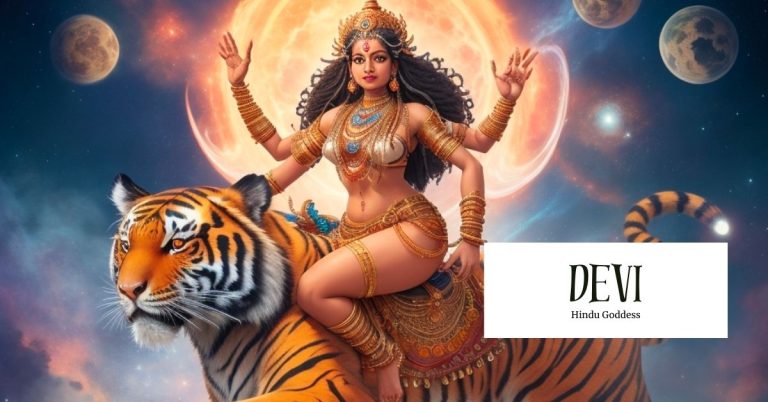
In the enchanting tapestry of Hindu mythology, where gods and goddesses weave intricate stories of cosmic prowess, one figure reigns…
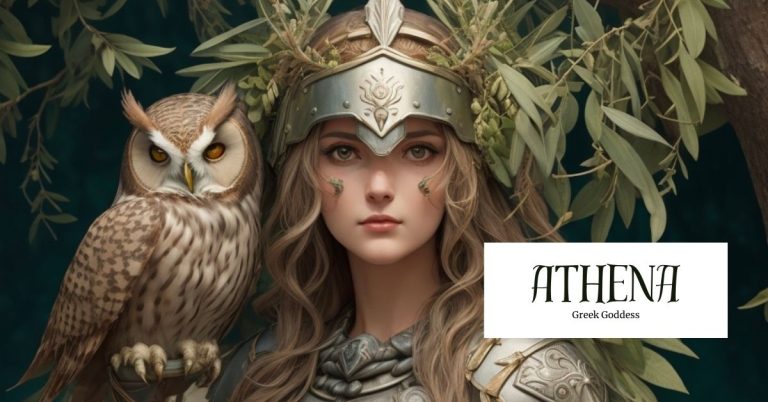
In ancient mythology, Athena is widely regarded as a legendary figure who embodies exceptional wisdom, unwavering courage, and unparalleled strategic…
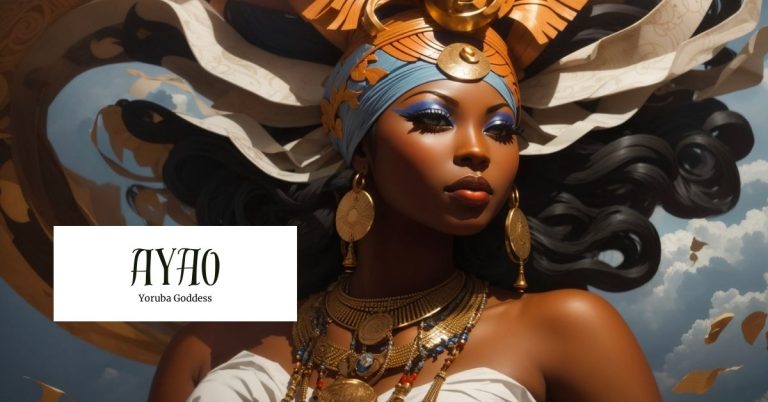
Ayao is the orisha of the whirlwind, and is Oya’s younger sister. Just like her sister, Ayao is powerful, fierce,…
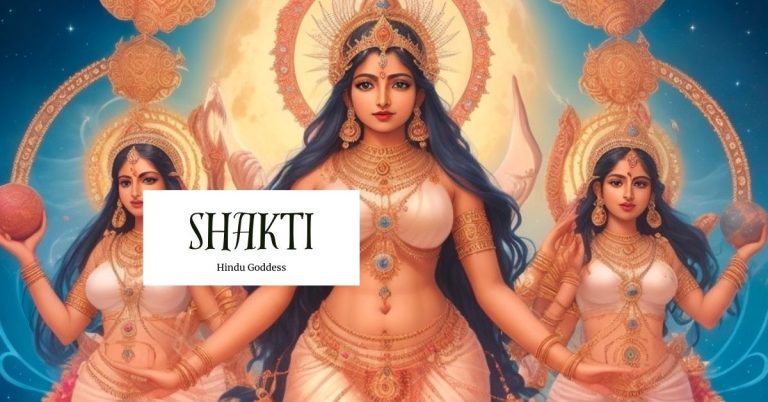
Shakti is a highly esteemed figure within the complex mythology of Hinduism, representing the divine feminine power that drives the…
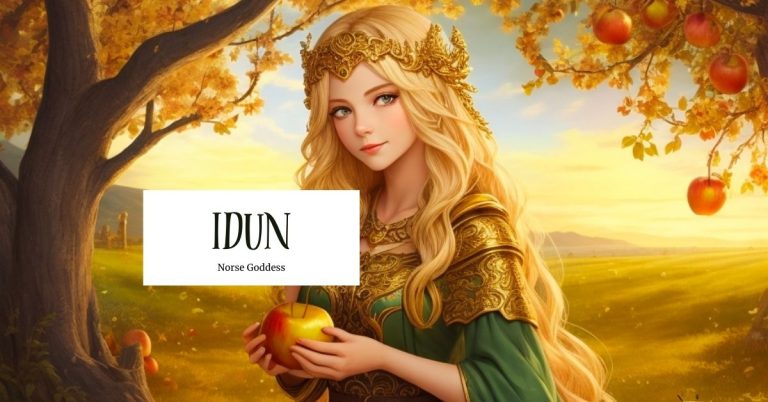
In the realm of Norse mythology, a revered deity’s paramount duty lies in safeguarding the elixir of youth and vitality,…
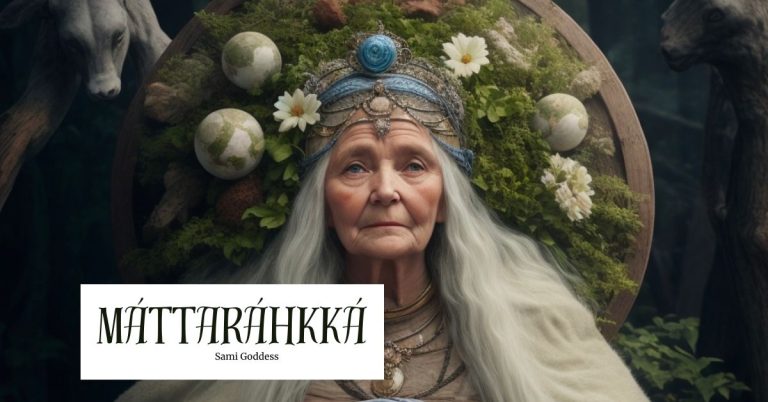
The Sami deity Máttaráhkká is the goddess of earth, beginner of life, and protector of children. Máttaráhkká’s notable ability is…
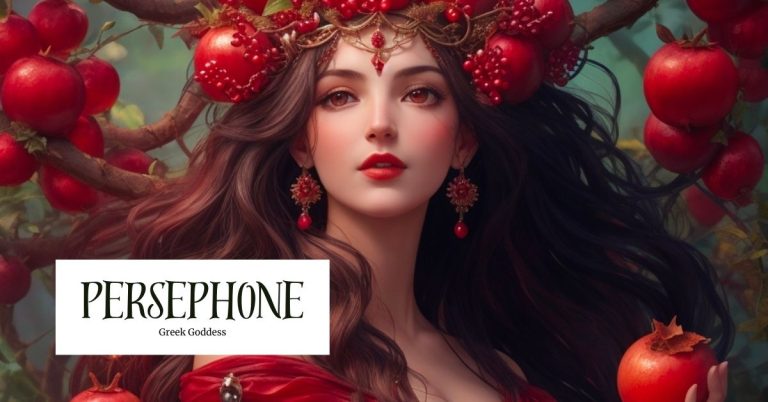
Persephone, a prominent figure in Greek mythology, presents a fascinating and multifaceted persona. Revered as both the Goddess of Spring…
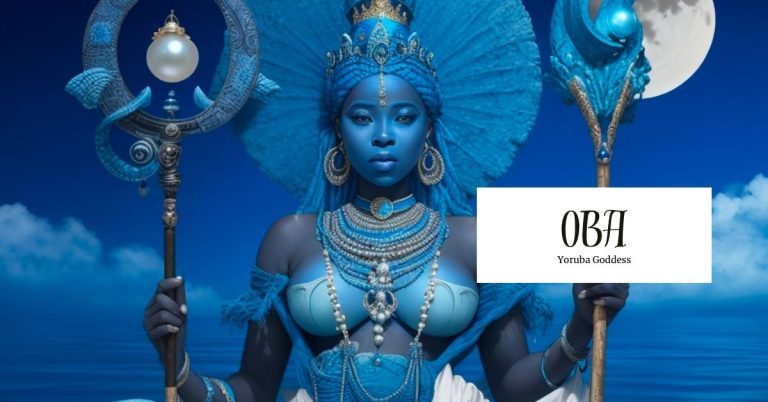
Oba is a revered goddess of rivers and the waters within the Yoruba religion. Her worshippers occupy a place within…